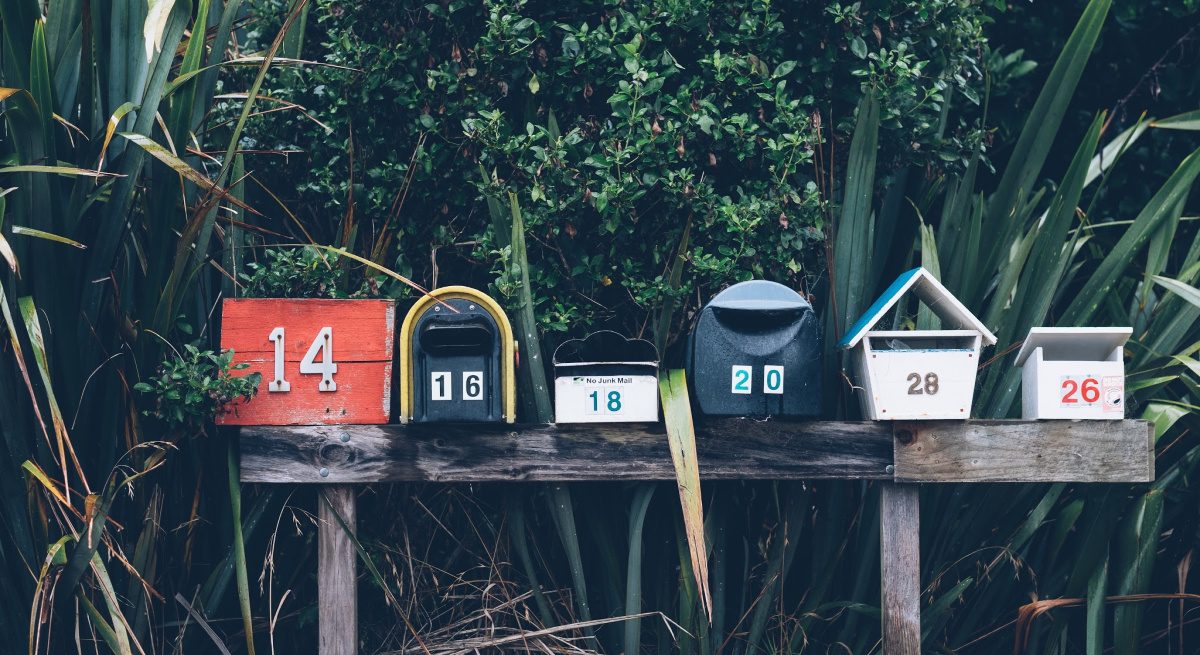Back to the Future: Why New Mover Direct Mail Still Outperforms Digital/Social/Email Marketing
4 Min Read By Michael Plummer, Jr.
Direct Mail Marketing has been around just about as long as mailbox service to homes has been. Barring an apocalypse, there will always be direct mail.That doesn’t mean, of course, that you need to use it to get the word out about your restaurant. I may own Our Town America, a national direct mail marketing franchise, specializing in reaching people who have just moved to the community, but I recognize there are other ways to market your business. Boy, do I realize that.
With mailboxes looking emptier by the day, an especially appetizing piece of direct mail can sometimes be the resident’s main course.
However, direct mail has been with us throughout modern civilization and continues to flourish because it works.
In fact, studies have proven it. For instance, in 2015, the U.S. Postal Service Office of Inspector General worked with Temple University to conduct a neuromarketing study that concluded that direct mail outperforms digital media when it comes to engaging with the…
Sorry, You've Reached Your Article Limit.
Register for free with our site to get unlimited articles.
Already registered? Sign in!


